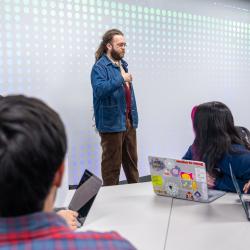Opening a Door to Tomorrow

With its curved glass exterior and six stories cantilevered over a large ground-floor plaza, the Brendan Iribe (ee-REEB') Center for Computer Science and Engineering projects an image of modernity on Baltimore Avenue. Unlike any other building on campus, it is truly a new face for the University of Maryland that boldly pronounces the institution's commitment to excelling as the technology hub for the region.
"This transformative building will take one of the nation's top computer and data science programs to even greater heights," said University of Maryland President Wallace D. Loh. "Our leadership in fields like artificial intelligence and virtual and augmented reality will grow, making our campus an even greater hub for innovation and economic development."
Located along Campus Drive at the northeast entrance to the university, the Brendan Iribe Center overlooks the stately lawns and neo-Georgian buildings of the university in one direction and the city of College Park's developing Discovery District in the other. A visual linchpin, the new building connects the university's deep traditions of excellence and innovation with the burgeoning technology corridor emerging around Washington, D.C.
When it opened to students this spring semester, the 215,600 square-foot Brendan Iribe Center quickly became the place to go on campus for inspiration and collaboration. Students gather in study groups in front of its expansive windows and meet with friends outside the Breakpoint Café. They lounge on the tiered amphitheater-style steps of the informal study area that overlooks the woodlands across Baltimore Avenue. Designed to promote conversation across disciplines, 20,000 square feet of community space attracts students from all across campus. The entire UMD community shares in the excitement of the latest drone research or robotics work visible in the high-bay labs adjacent to the ground floor lobby. As intended, it is an inspiring space that brings people together.
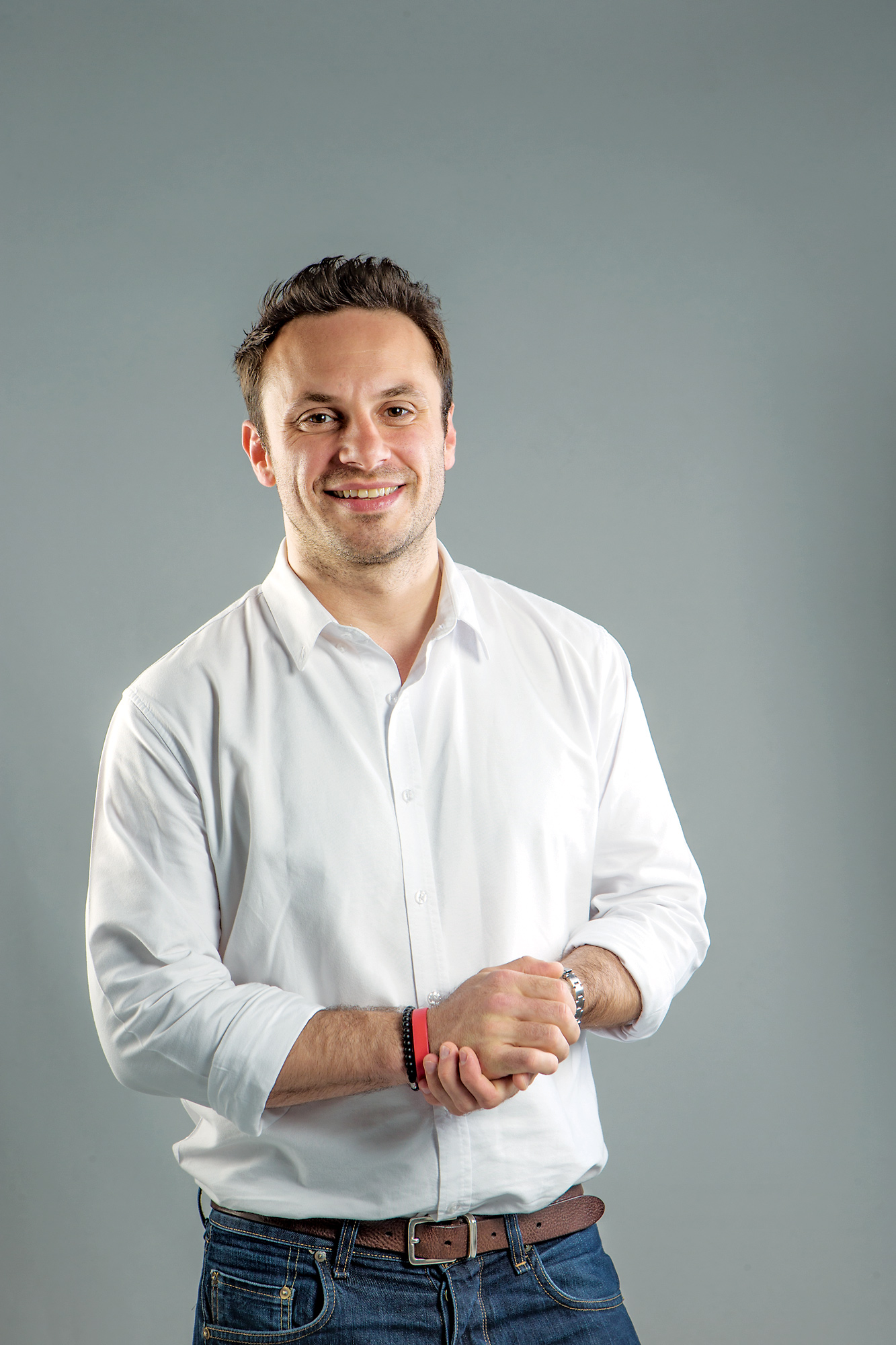
"One of the most important parts of the college experience is time spent building relationships and experimenting in whatever you're passionate about," said Brendan Iribe, a UMD alumnus who co-founded several successful technology startups and the virtual reality company Oculus with friends he met at UMD. Iribe's 2014 donation of $31 million for a new building and scholarships was the largest single gift ever given to the university at the time.
"I came out of Maryland with a business partnership and many personal relationships that have lasted my whole life," Iribe said. "I wanted this gift to support a place that inspires students to form friendships and teams that last a lifetime, where students have access to everything they need to build the next great company or breakthrough technology."
Senior Vice President and Provost Mary Ann Rankin said that Iribe's initial gift—and his continued support of the university through scholarships and diversity programs—is enabling the university to attract even more world-class faculty members and enrich the educational experience for its students.
"The advances our students will achieve are going to give rise to new tech companies, boosting not only the University of Maryland but helping fuel economic development in the state of Maryland," Rankin said.
A More Fitting Home
In April 2014, Iribe returned to campus to speak at the first Bitcamp student hackathon. He was struck by the contrast between the university's aspirations to foster leadership in technology and the staid atmosphere of the A.V. Williams building. The traditional windowless corridors and labs of the former home for computer science were out of sync with the inspiring work achieved there.
Despite the lackluster environment, the Department of Computer Science at UMD ranks 10th in the nation according to Computer Science Rankings (csrankings.org). It is also the largest undergraduate program at the university, educating over 4,000 students per year. These students, along with nearly 300 graduate students, enter the workforce ready to become industry leaders. While at UMD, they have opportunities to conduct research side-by-side with some of the brightest minds in the field, including faculty members in the University of Maryland Institute for Advanced Computer Studies (UMIACS). Hailing from 10 departments, UMIACS researchers apply some of the most advanced computing technology to collaborative research and innovations that are changing the world.
The Department of Computer Science and UMIACS needed a home that reflected their stature. Iribe's donation was quickly followed by a $4 million gift for the building and scholarships from his Oculus co-founder and freshman dormmate Michael Antonov (B.S. '03, computer science), and a $3 million donation for endowed faculty positions from Iribe's mother, Elizabeth Iribe.
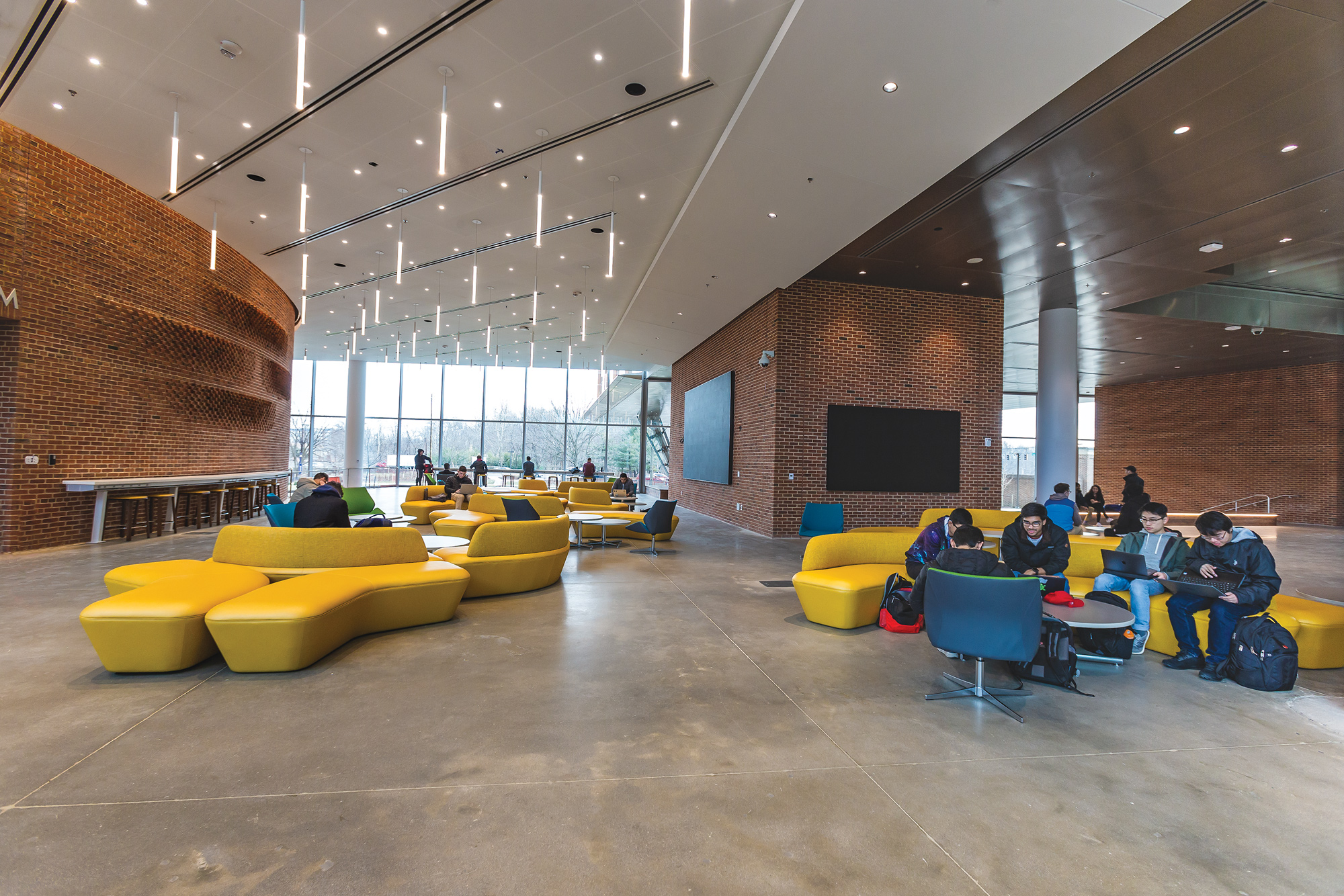
Many others were inspired by the idea of a new home for computer science and UMIACS. In total, private donors—including many faculty and staff members—gave $38 million for the new building. With the addition of nearly $105 million in state funds and nearly $10 million from the university, the Brendan Iribe Center has become a beacon of UMD's strength and commitment to leading technology and innovation.
Faculty members and students have unprecedented opportunities to participate in groundbreaking research in 13 state-of-the-art research labs, including four high-bay laboratories designed for research and development of robotics, unmanned aerial vehicles, virtual and augmented reality, and more.
"This is one of the most innovative facilities at any university," said Amitabh Varshney, dean of UMD's College of Computer, Mathematical, and Natural Sciences and himself a leader in virtual and augmented reality. "What is so remarkable is not just the beautiful space and the advanced equipment, but the way the building was designed. It is truly a collaborative place where people will work together to experiment and invent technologies that will lead us into the future."
Collaboration and Innovation
"I've been walking by this building every day, and I had to come see what it was," said freshman biological sciences major Noa Ferziger on a rainy day in February. Her companion, economics and psychology major Jacob Glassman, echoed her curiosity, craning his neck up to look around in awe.
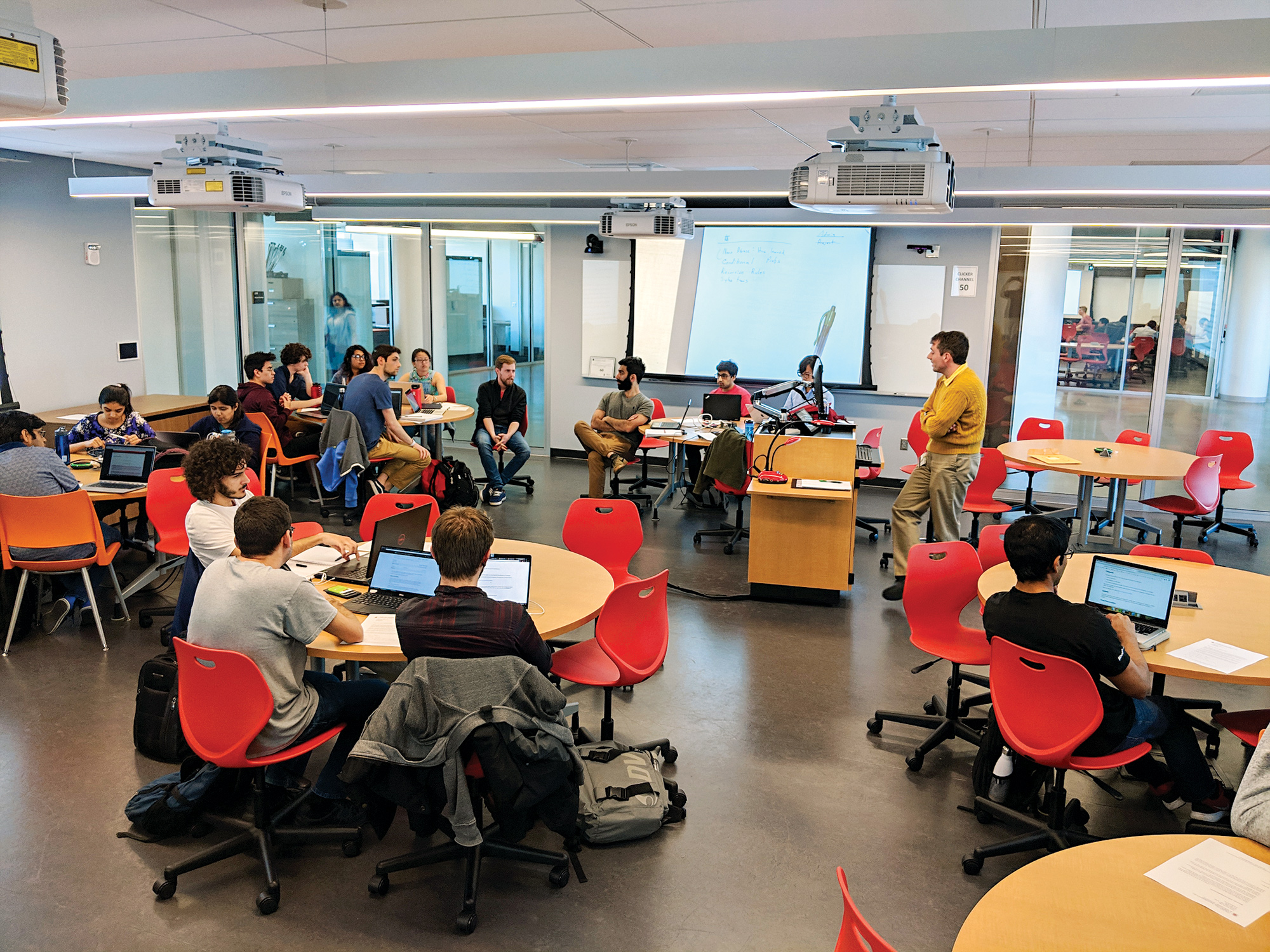
"It's a beautiful building," Glassman said. "There's nothing else like this on campus."
Expansive views to the outside and into glass-walled laboratories are the dominant features of the lounges that surround the central staircase on the ground and first floors. Natural light and commanding views characterize the dedicated informal study spaces on every floor.
Also surrounded by glass walls, the 5,300 square-foot Singh Sandbox is a makerspace that is sure to become a showplace of inspiring student creations. It was made possible by donations from Jagdeep Singh (B.S. '86, computer science and economics) and his wife, Roshni, and Professor Emeritus of Computer Science Bill Pugh and his wife, Lisa Orange. It is driven by students, and any student, regardless of major, has access to specialized tools and equipment to simply work out an idea.
The expectation among those involved in the design of the building is that members from the entire UMD community will be drawn to the collaborative spaces, and while there, they will be inspired by the cutting-edge work on display. The vision for the Brendan Iribe Center is that it will be a facility where formal and informal learning coexist; and students, faculty members, and entrepreneurs come together to create amazing new things and develop ideas that will change the world.
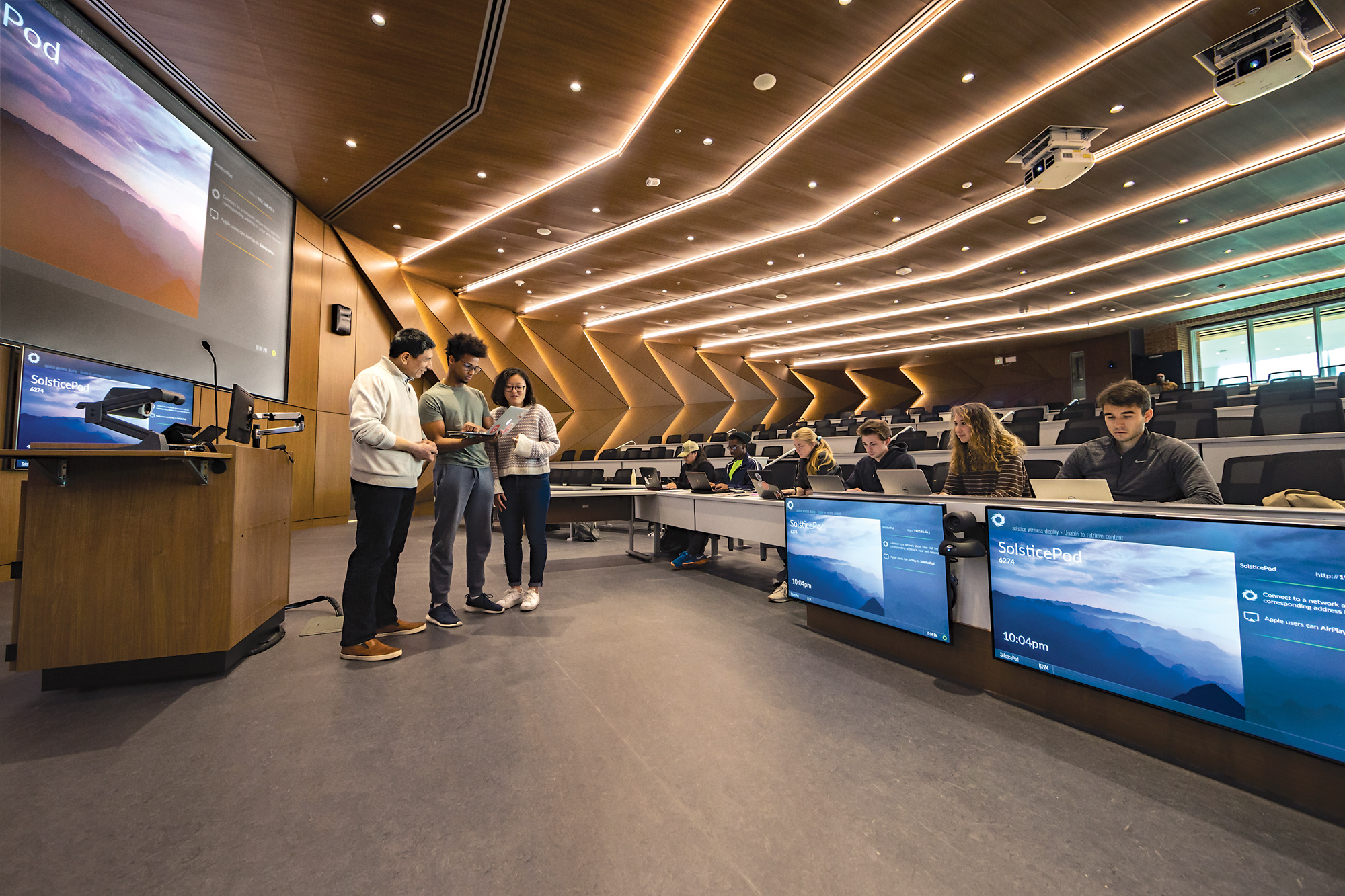
Even the classrooms were designed to foster teamwork and innovation, eschewing traditional rows of seating in favor of round tables and display screens on all four walls.
"The layout makes the classrooms feel more intimate and makes for a better learning experience," said computer science major Angela Lambert. "You're not all facing the same direction because you're in groups, but no matter where you're sitting you can see the screens, and the instructor is more central, so it makes it feel more interactive."
In addition to the classrooms, a 100-seat lecture hall and the 298-seat Antonov Auditorium feature shared tables and 180-degree swiveling chairs that enable students to alternate between lecture mode and collaborative teamwork.
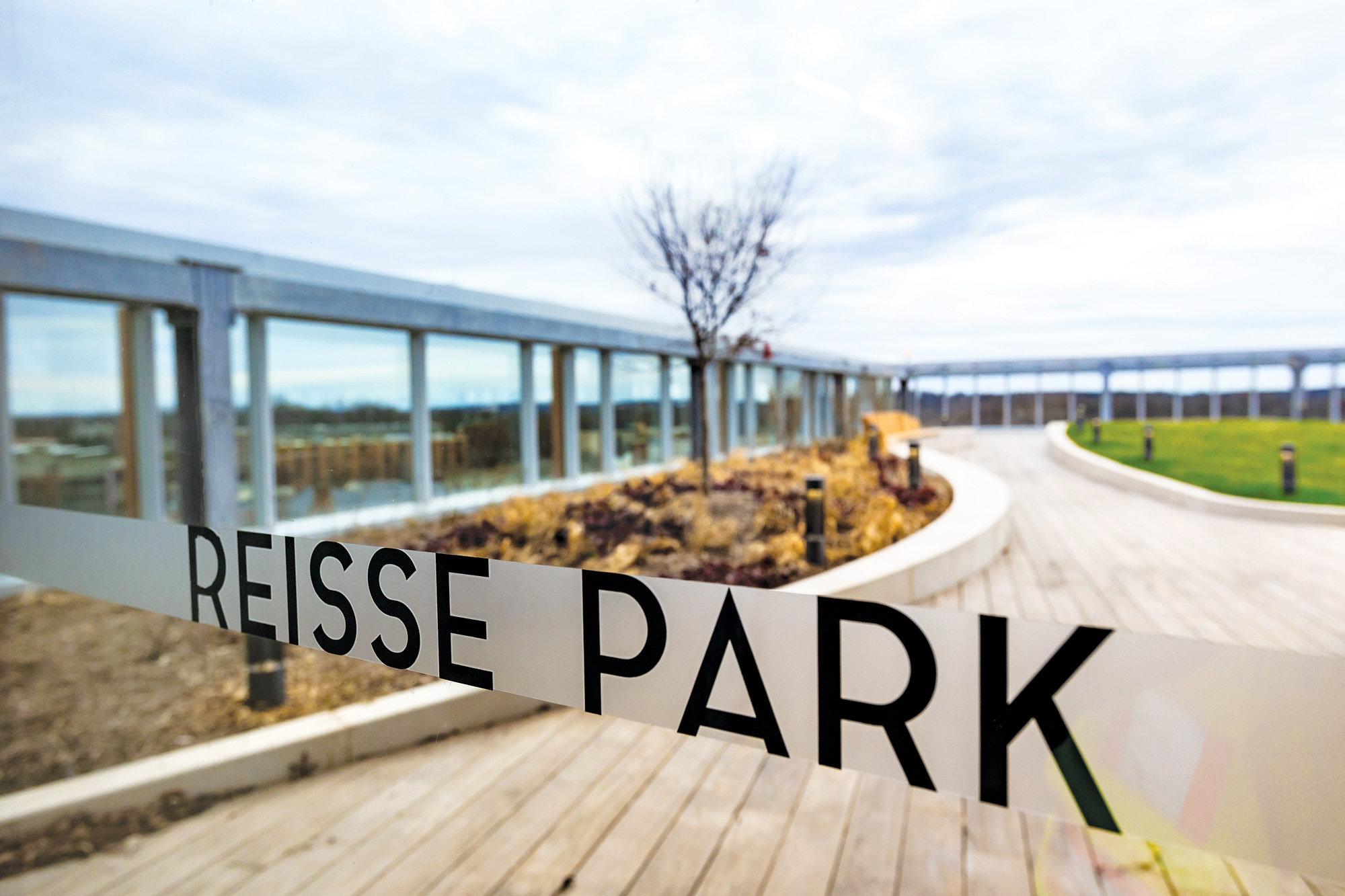
Reisse Park, which features gardens and a fountain on the rooftop will likely become one of the most inspiring places on campus. Built in memory of Andrew Reisse (B.S. '01, computer science and mathematics), who was a co-founder and lead engineer of Oculus, the park is a serene space overlooking Paint Branch Creek and downtown College Park. The gardens and the view of the woods surrounding the creek reflect Reisse's passion for the outdoors. Next to the park, just inside the building, an art gallery displays Reisse's photographs of landscapes and waterfalls, offering another space for reflection.
Built for the Future
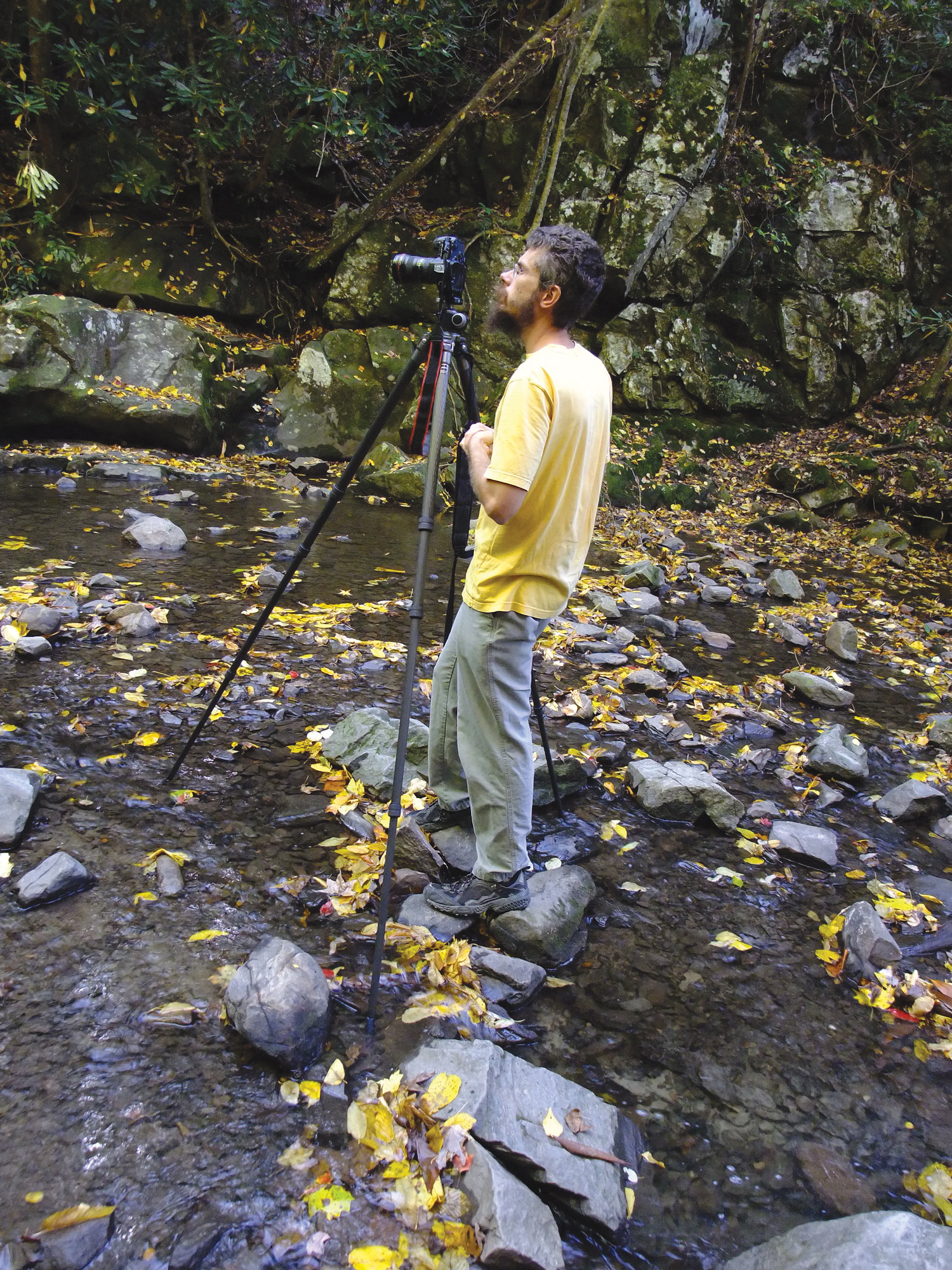
Creating a space intended to serve as a hub for innovation carried the challenge of designing for a future that hasn't yet been imagined. Answering that challenge meant building flexible spaces with removable walls so labs can be reconfigured, as well as open ceilings with spacious cable trays for easy installation of new equipment.
"No one knows the future, but we do know that it will involve people and technology," said Brian Kowalchuk, global director of design for the architectural firm HDR and lead architect for the Brendan Iribe Center. "We've gone to great lengths to create a building that can be flexible as needs change and technology advances."
For Kowalchuk, building for the future also meant projecting an image of technological advancement on a campus deeply rooted in classical neo-Georgian architectural tradition. His vision was to deconstruct the classic design, removing the Maryland brick façade that characterizes the other buildings on campus and leaving the highly ordered structural grid beneath. He said it was almost like peeling the skin off the building to reveal the buzz of activity inside. The Maryland brick is brought back as an anchor, grounding the building as the main exterior feature of the Antonov Auditorium. The brick ties in the very modern building with the historic brick knee walls fronting the road and the brick archways of the founders' gate at the entrance to campus.
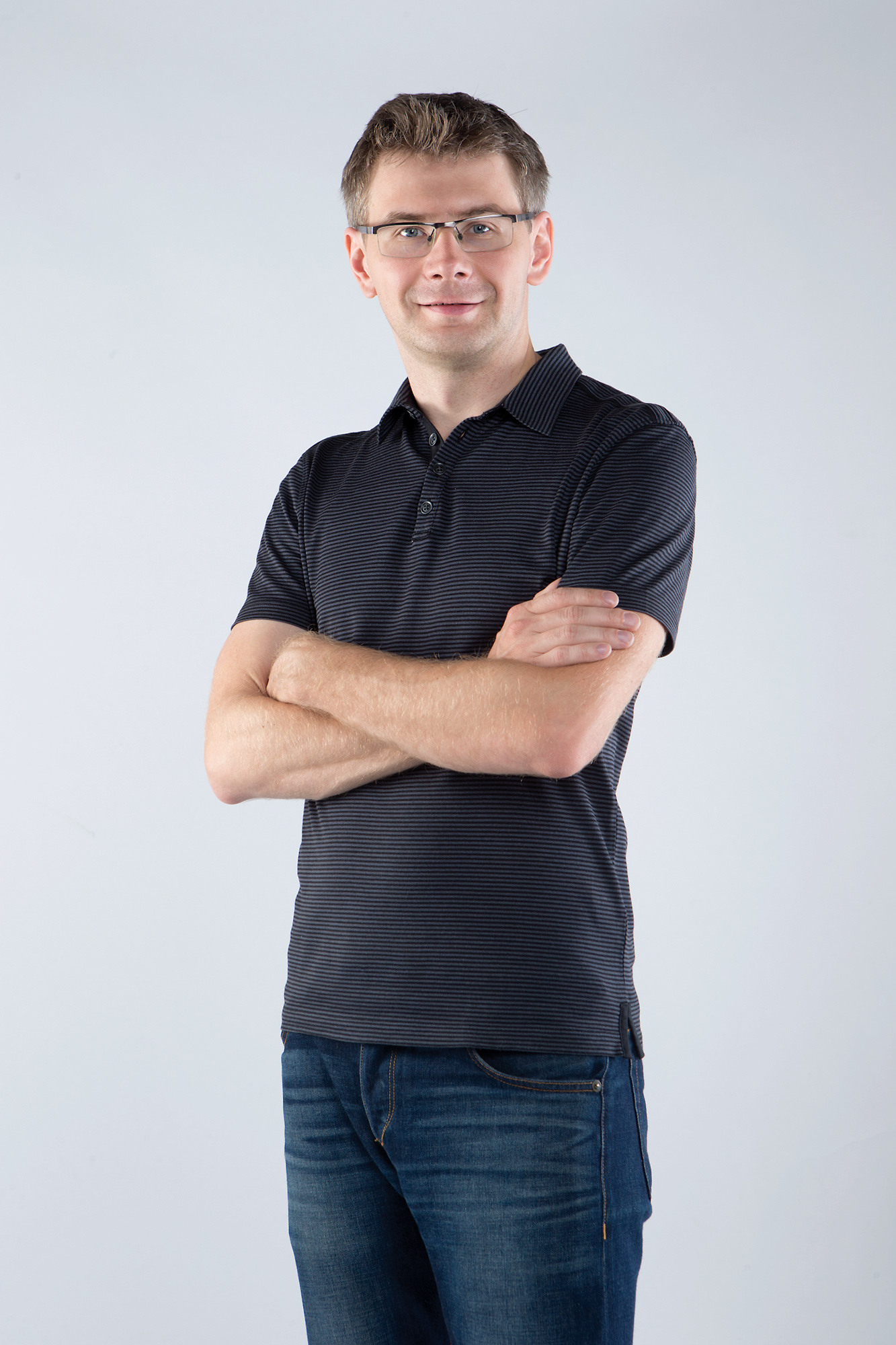
The effect makes a bold statement.
"It's a remarkable building that demonstrates the University of Maryland is at the leading edge of computer science," Antonov said. "This is where the next generation of startups and technological innovations are being nurtured. Students and faculty have world-class resources and facilities that enable them to achieve the seemingly impossible."
Written by Kimbra Cutlip
See also:
- Turning Ideas Into Reality: Jagdeep Singh Family Makerspace offers hands-on experiences beyond the classroom
- Creating a Sense of Community: New initiative Expands inclusion and diversity in computer science at UMD
- Cultivating Leadership: Andrew Reisse Endowed Teaching Award supports undergraduates educating peers
- Building a Hub for Tech Leaders: Donor support funds eight new endowed faculty positions in the Department of Computer Science
- Driving Research Advances: Students and faculty members tackle global-scale problems and challenges of everyday life
- Our Generous Donors: Thank you to the people who made the Brendan Iribe Center possible
This article was published in the Spring 2019 issue of Odyssey magazine. To read other stories from that issue, please visit go.umd.edu/odyssey.






